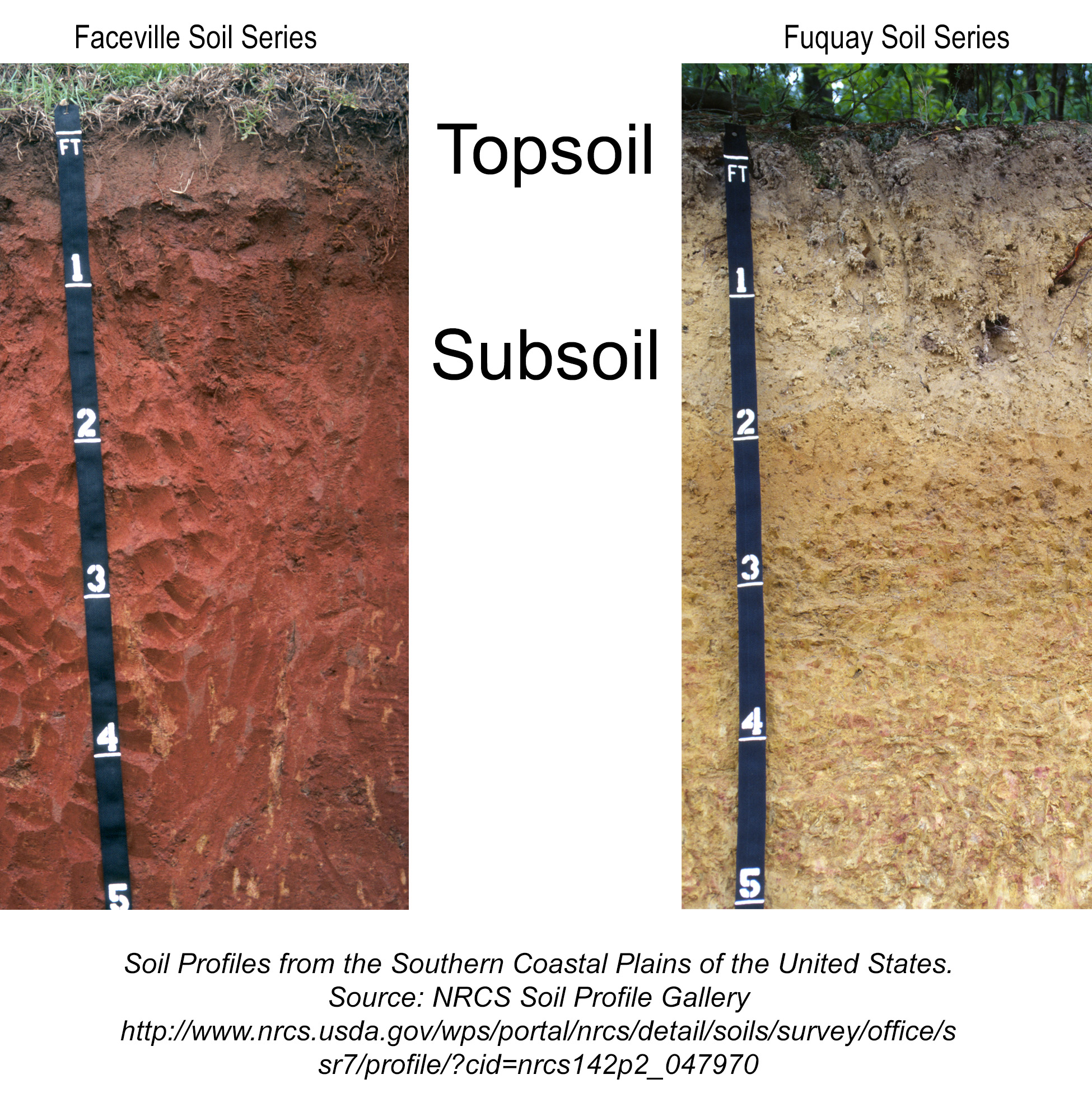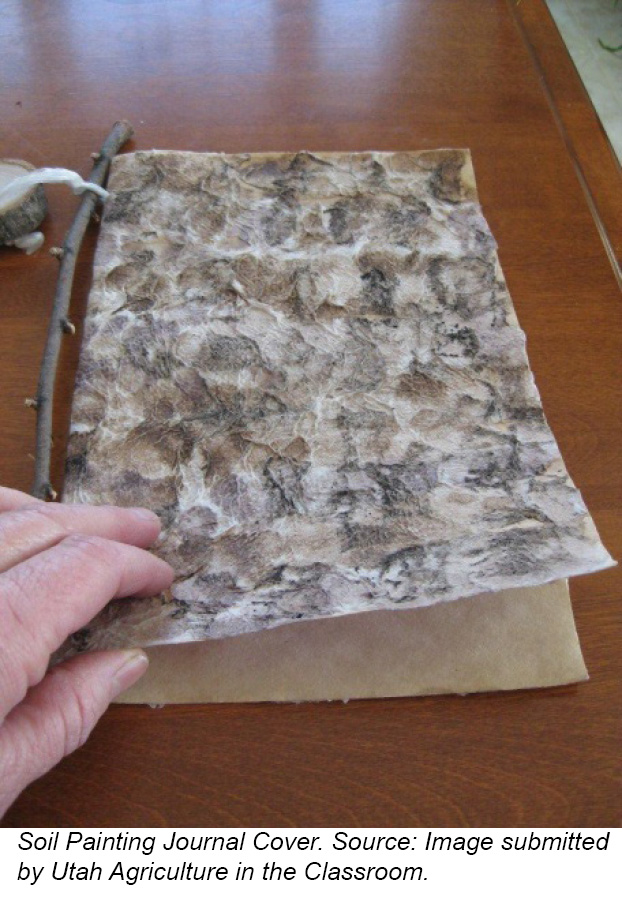Color in the Garden
Students use the art of soil painting to explore science and the natural world while learning about the color wheel, the importance of soil to agriculture, and why soils have different colors.
Background
Lesson Activities
Recommended Companion Resources
Credits
Author
Debra Spielmaker | Utah Agriculture in the Classroom
Standards
Texas Content Area Standards
-
ELA: 3.110.5.b.6
Comprehension skills: listening speaking, reading, writing and thinking using multiple texts. The student uses metacognitive skills to both develop and deepen comprehension of increasingly complex texts.
- ELA: 3.6.G: The student is expected to evaluate details read to determine key ideas.
-
ELA: 4.110.6.b.1
Developing and sustaining foundational language skills: listening, speaking, discussion, and thinking- oral language. The students develops oral language through listening, speaking, and discussion.
- ELA: 4.1.C: The student is expected to express an opinion supported by accurate information, employing eye contact, speaking rate, volume, enunciation and the conventions of language to communicate ideas effectively.
-
ELA: 4.110.6.b.6
Comprehension skills: listening, speaking, reading, writing and thinking using multiple texts. The student uses metacognitive skills to both develop and deepen comprehension of increasingly complex texts.
- ELA: 4.6.G: The student is expected to evaluate details read to determine key ideas.
-
ELA: 5.110.7.b.6
Comprehension skills: listening, speaking, reading, writing, and thinking using multiple texts. The student uses metacognitive skills to both develop and deepen comprehension of increasingly complex texts.
- ELA: 5.6.G: The student is expected to evaluate details read to determine key ideas.
-
Science: 3.112.14.b.7
Earth and space. The student knows that Earth consists of natural resources and its surface is constantly changing.
- Science: 3.112.14.b.7.A: The student is expected to explore and record how soils are formed by weathering of rock and the decomposition of plant and animal remains.
-
Science: 4.112.15.b.7
Earth and space. The student knows that Earth consists of natural resources and its surface is constantly changing.
- Science: 4.7.A: The student is expected to examine properties of soils, including color and texture, capacity to retain water, and ability to support the growth of plants.
-
Social Studies: 3.113.14.c.14
Social studies skills. The student applies critical-thinking skills to organize and use information acquired from a variety of valid sources, including technology. The student is expected to:
- Social Studies: 3.113.14.c.14.C: interpret oral, visual, and print material by sequencing, categorizing, identifying the main idea, distinguishing between fact and opinion, identifying cause and effect, comparing, and contrasting
-
Social Studies: 4.113.15.c.19
Social studies skills. The student applies critical-thinking skills to organize and use information acquired from a variety of valid sources, including technology. The student is expected to:
- Social Studies: 4.113.15.c.19.C: analyze information by applying absolute and relative chronology through sequencing, categorizing, identifying cause-and-effect relationships, comparing, contrasting, finding the main idea, summarizing, making generalizations and predictions, and drawing inferences and conclusions;
-
Social Studies: 4.113.15.c.21
Social studies skills. The student communicates in written, oral, and visual forms. The student is expected to:
- Social Studies: 4.113.15.c.21.D: create written and visual material such as journal entries, reports, graphic organizers, outlines, and bibliographies
-
Social Studies: 5.113.16.c.23
Social studies skills. The student applies critical-thinking skills to organize and use information acquired from a variety of valid sources, including technology. The student is expected to:
- Social Studies: 5.113.16.c.23.C: analyze information by applying absolute and relative chronology through sequencing, categorizing, identifying cause-and-effect relationships, comparing, contrasting, finding the main idea, summarizing, making generalizations and predictions, and drawing inferences and conclusions
-
Social Studies: 5.113.16.c.25
Social studies skills. The student communicates in written, oral, and visual forms. The student is expected to:
- Social Studies: 5.113.16.c.25.D: create written and visual material such as journal entries, reports, graphic organizers, outlines, and bibliographies
-
Science: 3.112.5.b.10
Earth and space. The student knows that there are recognizable processes that change Earth over time. The student is expected to:
- Science: 3.112.5.b.10.B: investigate and explain how soils such as sand and clay are formed by weathering of rock and by decomposition of plant and animal remains

